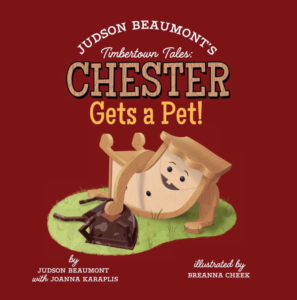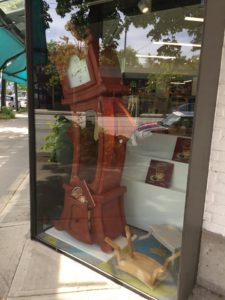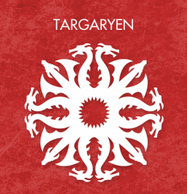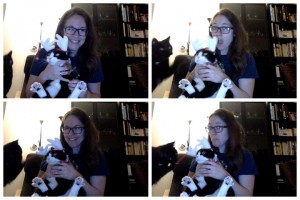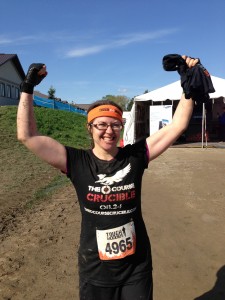Last week, I heard a podcast from CBC’s The Current discussing a YA trend dubbed “sick lit”: books that glorify illness and harmful behavior (cancer, suicide, cutting, etc.). One of the examples discussed was Thirteen Reasons Why; another was The Fault in Our Stars. (I’ve read both; my thoughts about them are on Goodreads.) The heart of the conversation was whether these novels glorify harmful behavior and encourage depression. Do young readers need to be protected from books that might leave them feeling hopeless, or, worse, like they should hurt themselves?
These discussions around appropriate YA literature seem to come up a few times a year. In 2011, it was the Wall Street Journal’s “Darkness Too Visible” article that ignited passionate discussion about what dark, edgy stories could be doing to impressionable youth. (Click here for a good summary of the controversy.) And last year, there were many articles wondering whether the popularity of The Hunger Games trilogy was a good thing or not, considering that the premise is young teens fighting each other to the death. (Discussed here, here, also here.)
Full disclosure: as a young teen, I went through a kid-dying-of-cancer stage. I practically cleared my local library out of all the books starring a young protagonist dealing with her mortality along with all the other issues of adolescence (namely, does my crush like me back?). I branched out into books narrated by a teen whose sibling had died (either suddenly, usually in a car accident, or slowly, from illness). And then I devoured series after series of teen horror fiction (usually by R.L. Stine, Christopher Pike, and D.E. Athkins)–those books were littered with teen corpses by the end. Had I stumbled on a book about cutting, I’m sure I would have read it. However, despite my macabre tastes, I was an optimistic and well-adjusted teenager.
As a YA author, I have not written anything that could conceivably be called sick lit. Yet. But there are all sorts of stories that appeal to me, and I appreciate the story-potential of the darker side of life. After all, without conflict and adversity, there’s no story to tell.
For example, if I start telling you about my trip to the grocery store yesterday, you immediately assume that something went wrong–there was a really long line! Someone was rude to me! I saw a celebrity! I ran into my ex with his new wife and baby! If I tell you that I just bought some bread and eggs and left, you’re going to conclude that I’m the most boring person you know. The author’s job is to tell a good story and to tell it well. Period.
Therefore, if one thing is certain, it’s this: authors will continue to write all sorts of stories, teens will continue to devour the ones that resonate with them, and reviewers will continue to attack and defend trends in YA literature.
Now, if you’ll excuse me, I must get back to my work-in-progress about a teenage girl who is battling leukemia while trying to solve the murder of her best friend, who was also her first crush. And a vampire.

